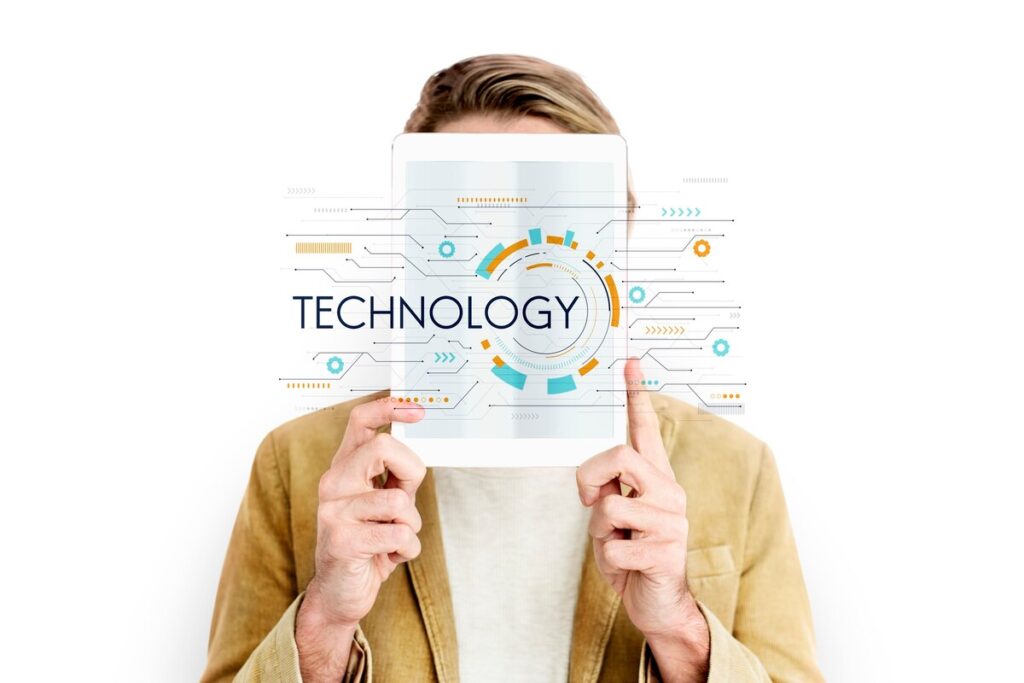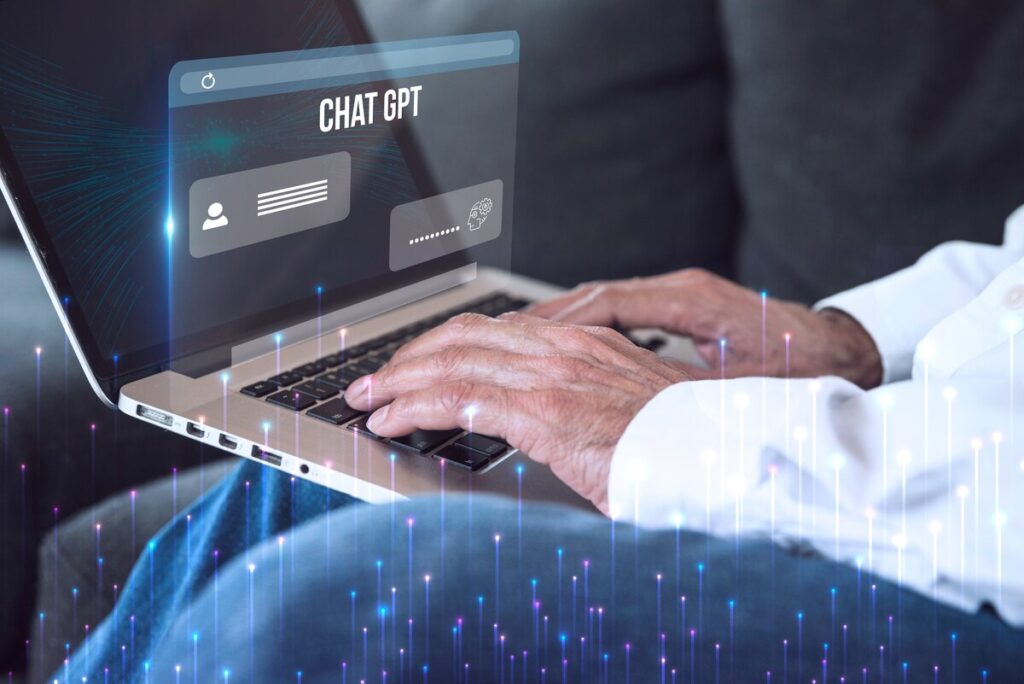How To Effectively Control IoT Devices is one of the common asked questions these days with upcoming AI’s, so let’s break it down. With the fast development of the Internet of Things (IoT), the world of technology is also changing quickly.
The way we interact with the world around us is changing because of this network of devices, appliances, and systems that are all linked. Some examples are smart appliances like Google Home and Amazon Echo, bright lighting, and wearable tech like fitness trackers.
These are just the tips of the iceberg. Microcontrollers are used in many things, from light switches to car chargers. These things are becoming more common, and as the number of IoT devices keeps growing, it’s essential to use good management techniques to ensure they work well, stop security holes, and use their vast potential. Let’s get started with How To Effectively Control IoT Devices.
IoT Onslaught Management
The widespread use of IoT devices has made our daily lives more accessible and efficient in ways that have never been seen before However, this fast growth brings its own set of problems that need to be solved. They must be managed well to reduce security risks, stop data loss, and keep IoT devices running at their best. That’s one way to learn How To Effectively Control IoT Devices.
Increasing Security And Stopping Disruptions
Security is one of the most important things to think about when it comes to IoT devices. Because these devices can access private information and take control of physical systems, they could be used by bad people. Appliances that aren’t patched or don’t get regular updates can be used as entry points for cyberattacks, which can compromise data and systems.
IoT devices that need to be managed better can also mess up the physical systems they control. Imagine that a smart thermostat fails and makes the temperature too high or that a connected industrial machine acts in a way you can’t predict because of a software bug. These problems can cause downtime, less work to get done, and even safety risks.
Good Strategies For Managing
People and businesses must use comprehensive management strategies to deal with these issues and get the most out of IoT technology. To make sure you have reasonable control over IoT devices, here are some essential tips:
Device Management Platform: An IoT device management platform is becoming increasingly important as the number of IoT devices grows. This platform lets you watch, update, and manage your devices from a single screen. This makes management easier and lowers the chance of missing something.
Internet and Cloud Services: The Internet of Things (IoT) depends on connecting and communicating reliably. When you use the internet and cloud services, devices can talk to each other easily, exchange data in real-time, and be controlled from afar.
Sensors for Monitoring in Real Time: Using sensors like those for temperature, humidity, pressure, motion, and light gives you beneficial real-time information about how the device is working and what its status is. This information lets you fix problems before they happen and make the machine work better.
Updates for apps and software: IoT devices must be updated regularly to ensure they work right and are protected against security holes. Manufacturers often release patches and refreshes to fix security holes and make things run better.
Security Checks: IoT devices can be attacked in several ways because of how they work. Regular security checks and audits can help find potential weak spots and place the necessary protections.

Device Management Platforms
AWS IoT Core:
It is a fully managed service from Amazon Web Services (AWS) that lets businesses connect and manage IoT devices safely. It enables you to register devices, verify them, get updates over the air, and control them from afar. Other AWS services can be used with AWS IoT Core to store data, do analytics, and build apps.
Microsoft Azure IoT Hub:
The Azure IoT Hub from Microsoft is a safe and scalable cloud platform for managing and linking Internet of Things (IoT) devices. It lets you communicate back and forth, control devices, set up security, and send messages from devices to the cloud and from clouds to machines. The Azure IoT Hub works with other Azure services to process, analyze, and display data.
Google Cloud IoT Core:
Google Cloud IoT Core is made to help businesses connect and manage many IoT devices safely. It has features for registering devices, getting messages, and processing real-time data. You can use Google Cloud IoT Core with Google Cloud services to store data, do analytics, and train machines.
Internet/cloud Services For Managing Devices
Amazon Web Services (AWS):
AWS has many cloud services that can help with different parts of an IoT ecosystem. You can use Amazon S3 to store your data, Amazon Kinesis to stream and analyze your data, and Amazon DynamoDB for your NoSQL database needs, among other services. There are also IoT-specific services from AWS, such as AWS IoT Analytics for processing IoT data and AWS Greengrass for adding cloud features to devices at the edge.
Microsoft Azure:
Microsoft Azure has a complete set of cloud services that can be utilized to create and manage IoT solutions. An essential part is the Azure IoT Hub. Other Azure services, such as Azure Stream Analytics, Azure Functions, and Azure Machine Learning, can process data, do real-time analytics, and make predictions.
Google Cloud Platform (GCP):
GCP offers services for building and deploying IoT apps on Google’s infrastructure. Google Cloud IoT Core manages and communicates with devices, and services like Google Cloud Pub/Sub and Google BigQuery can be used to stream data and analyze it. GCP also has benefits for machine learning that can be used for more advanced analytics and insights.
These platforms and services give you the tools and infrastructure to control IoT devices, make sure they are connected safely, process data, and learn from the information that IoT devices generate. When choosing platforms and services, consider how well they work with your current systems, how much they can grow, how secure they are, and how easy they are to connect to your specific IoT use cases.
Using Data Analysis And Collection
IoT device management that works goes beyond making sure devices are safe and connected. It means using the power of gathering and analyzing data to make intelligent choices and improve the performance of devices. Businesses can learn a lot about how machines work, how users behave, and how efficiently their systems work by using data analysis tools and both manual and automatic data collection.
What’s Next For IoT
IoT devices are still increasing, and they will continue. The vast number of connected devices is expected to reach an impressive 30.9 billion units worldwide by 2025. This rapid growth creates new opportunities for innovation and connection in many fields, from smart cities and agriculture to healthcare and manufacturing.
Conclusion
As the Internet of Things (IoT) landscape changes, managing IoT devices well becomes more important. People and businesses can get the most out of IoT technology while minimizing risks by following best practices for security, connectivity, and data analysis. Since the future is expected to be even more connected, now is the time to build an IoT ecosystem that is both safe and easily connected. Hope you learned good from our article on How To Effectively Control IoT Devices. Read More Tech Articles.





